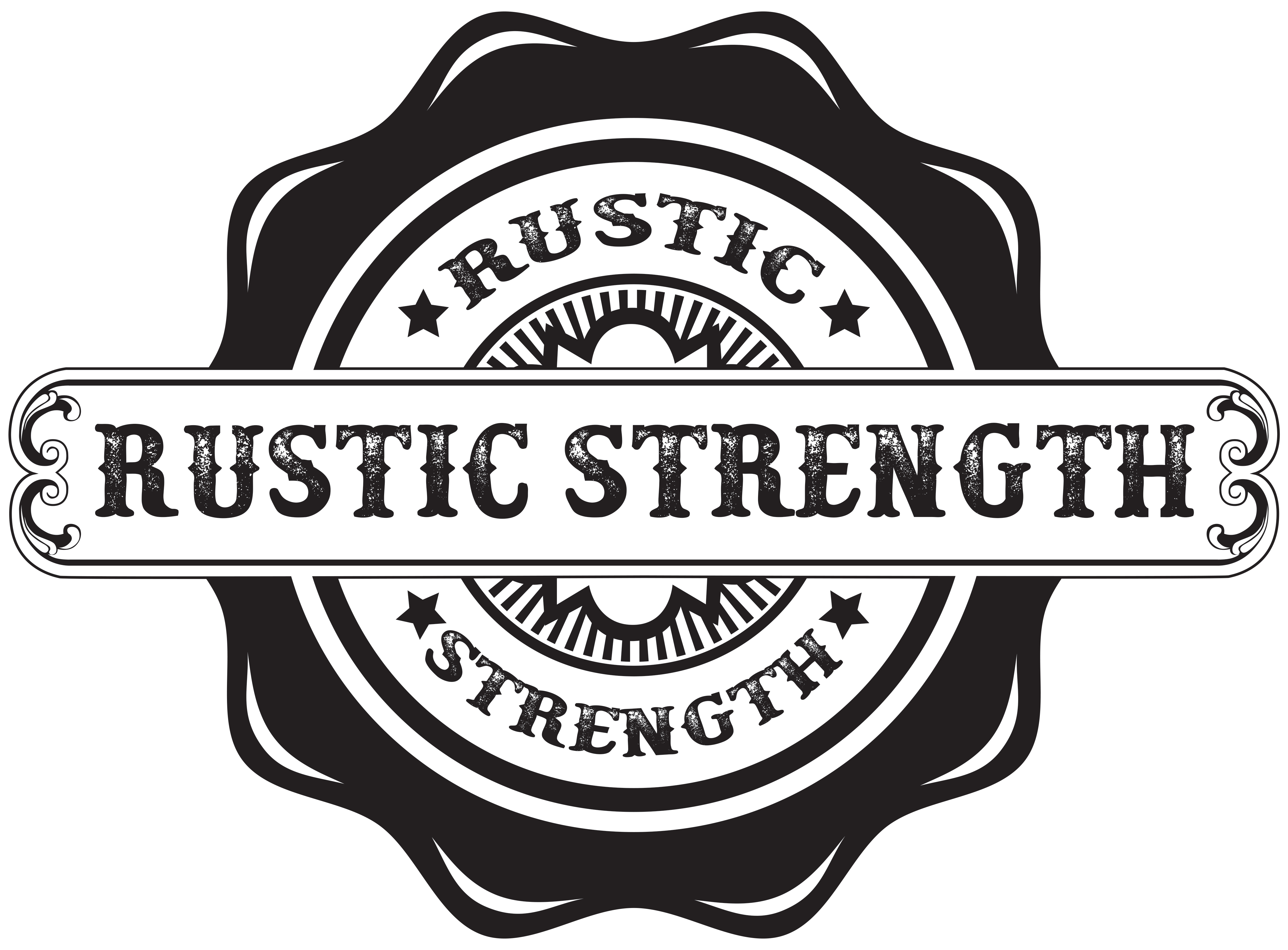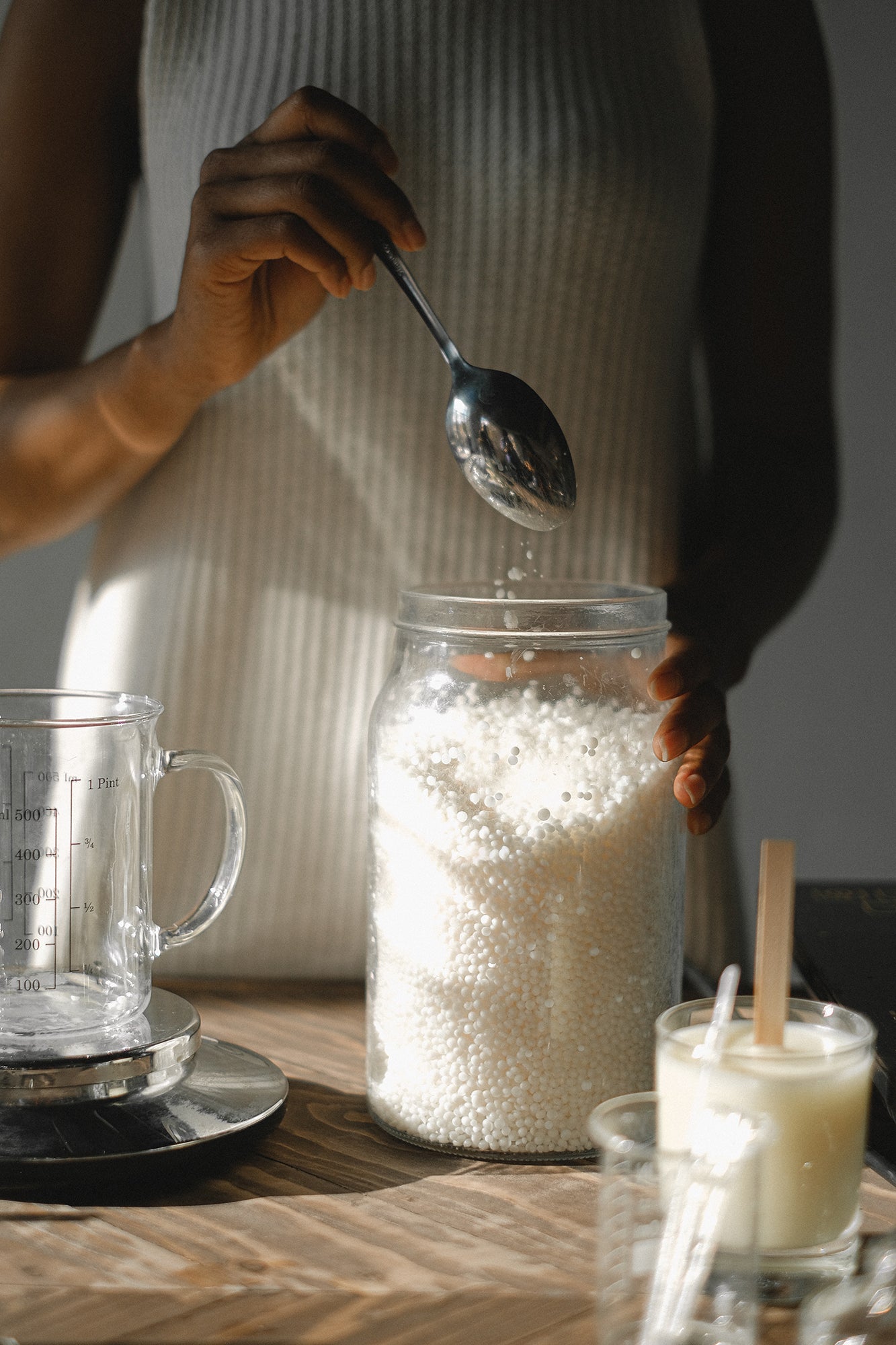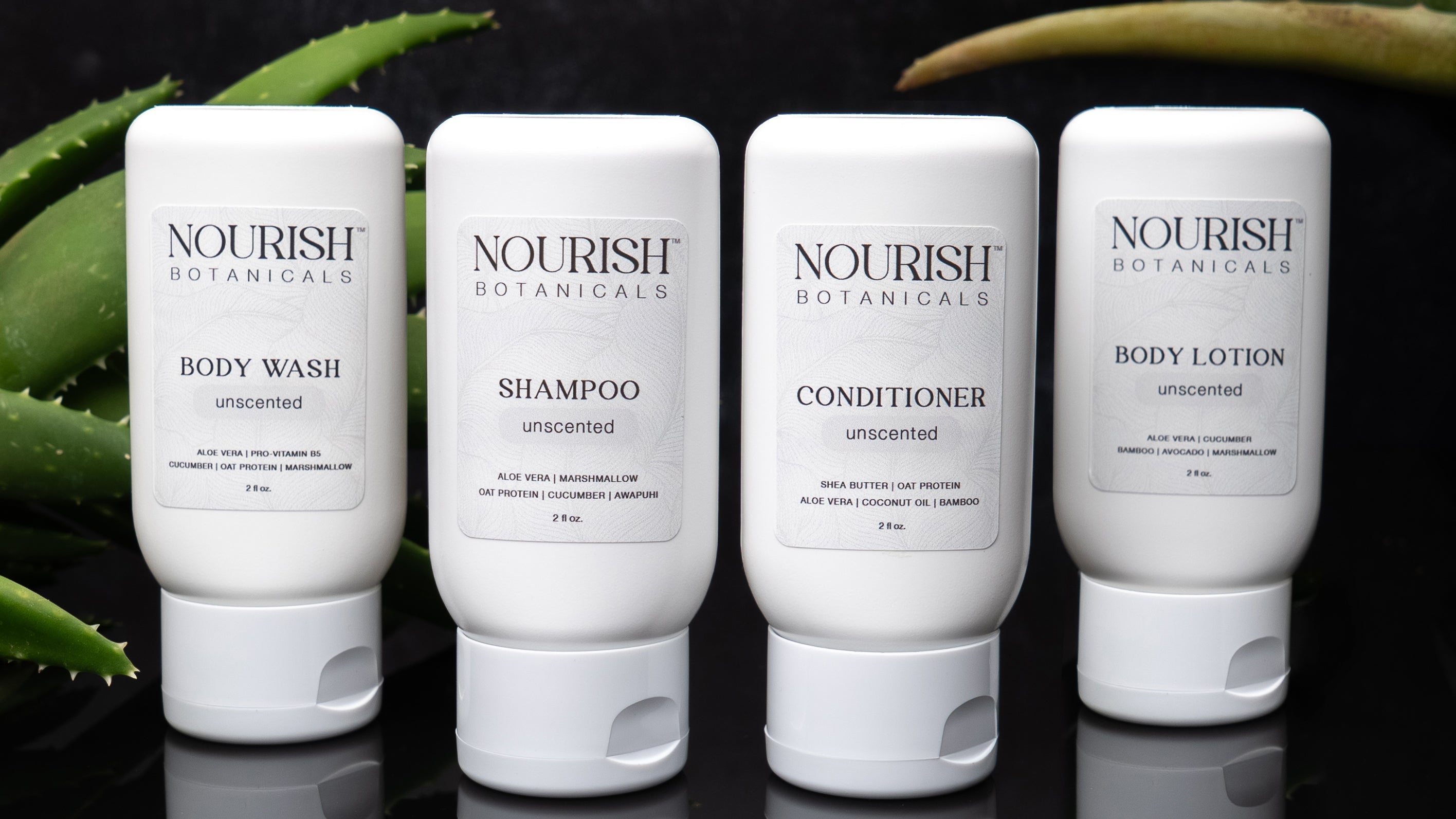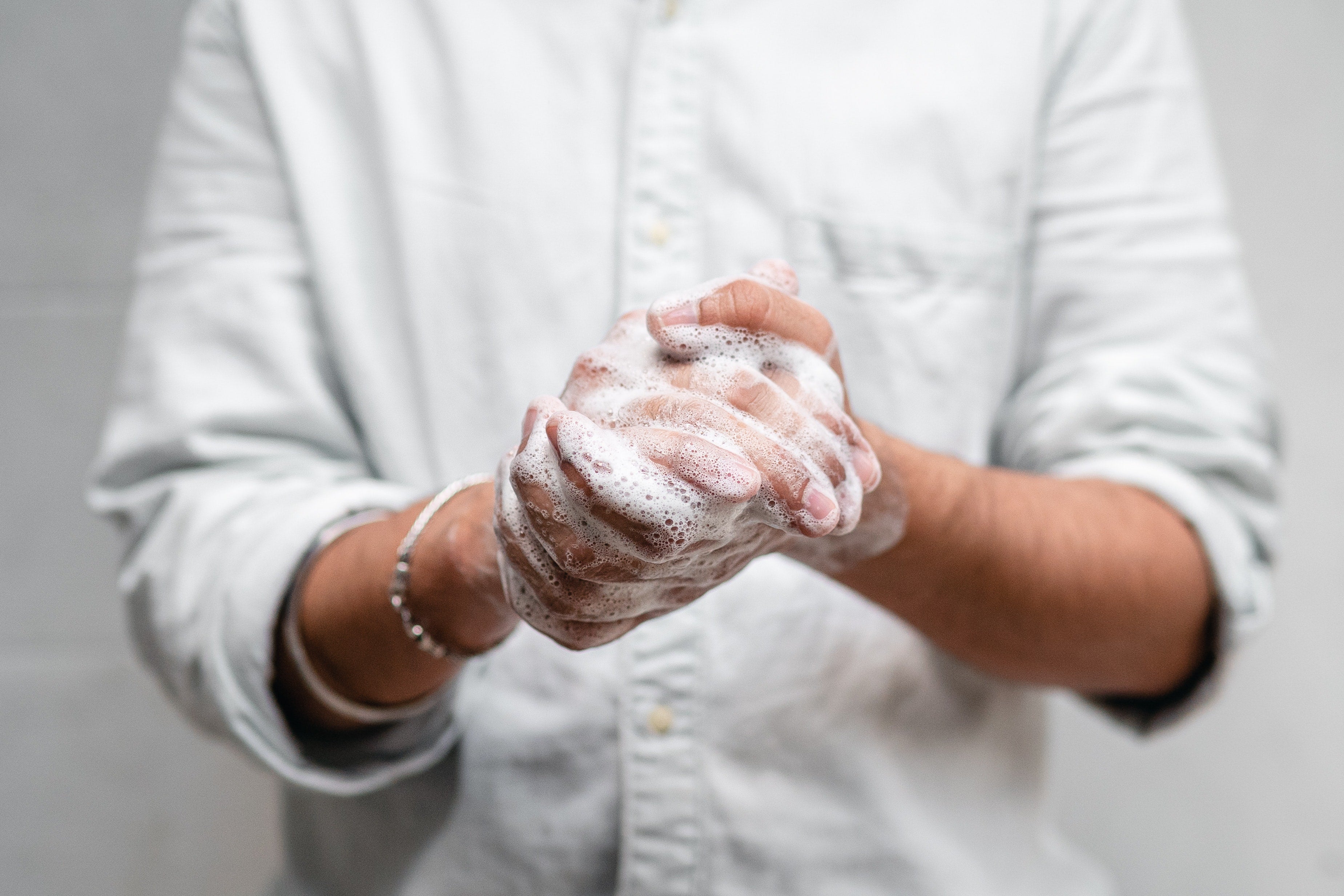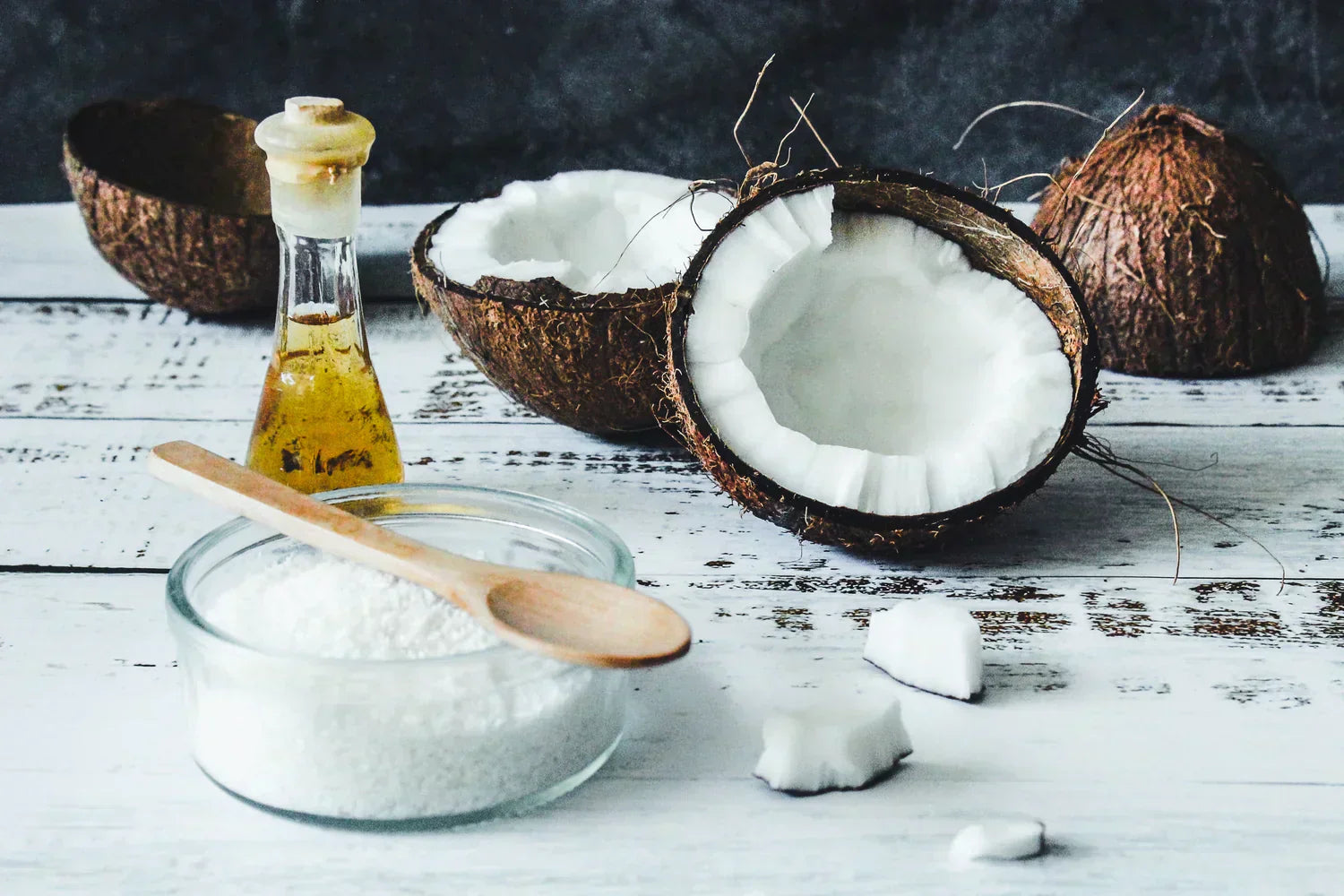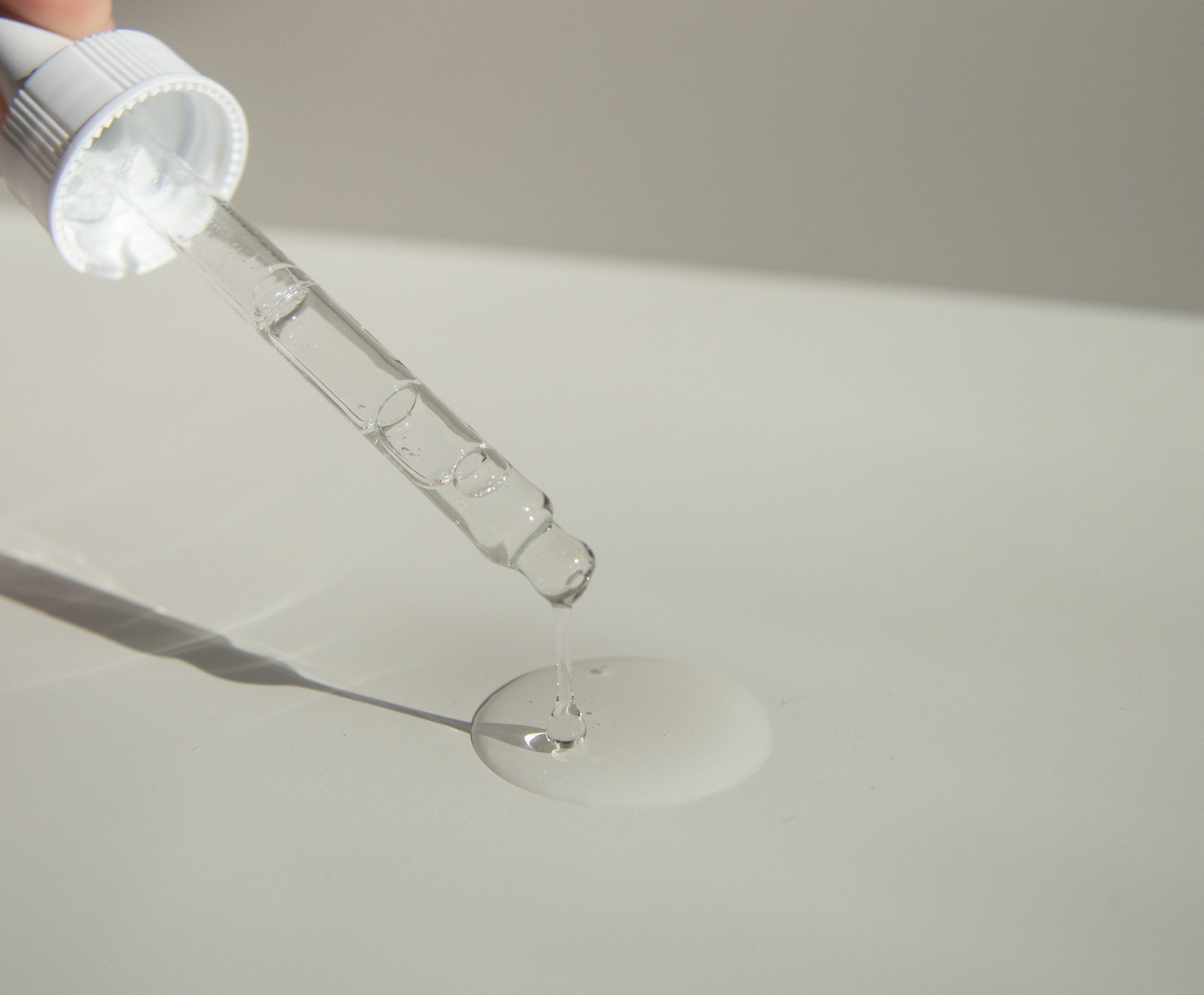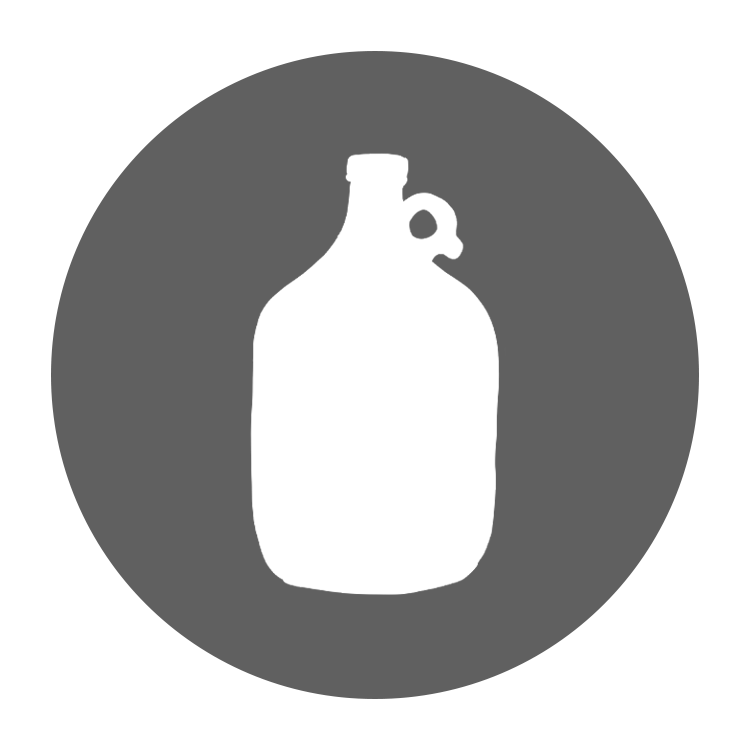Cetearyl Alcohol is used in Rustic Strength's:
What is Cetearyl Alcohol?
Cetearyl Alcohol is a blend of cetyl alcohol and stearyl alcohol. It comes in a waxy, white solid flakes or pellets. It is a type of fatty alcohol that we use to help stabilize our conditioner and lotion formulas.
Wait, I don’t want alcohol in my hair and skin products!
This isn’t the kind of alcohol you can drink (ethanol) or use as a sanitizer (isopropyl). Those types of alcohol will dry out your skin and hair. Fatty alcohols like Cetearyl Alcohol, Cetyl Alcohol, Myristyl Alcohol, and Behenyl Alcohol are emollients. Emollients help to soften the skin and hair and are widely used in personal care products— especially lotions and creams.
Why do we use Cetearyl Alcohol?
This fatty alcohol keeps the oils and liquids from separating and helps alter the thickness of our products giving them a better consistency and look. Cetearyl alcohol is widely accepted by many experts in the USA, EU, and Canada as safe for use in cosmetics and personal care products. We avoid PEGs (Polyethylene glycols) in our hair and skin care lines because they have contaminates like ethylene oxide, a known carcinogen according to The International Agency for Research on Cancer, and 1,4-dioxane has high, and medium-high cancer concerns according to the EPA.
We look for ingredients that are on the EPA Safer Choice list to help us make better choices on ingredients for our products.
How does Cetearyl Alcohol benefit hair and skin products?
At Rustic Strength, we use cetearyl alcohol as an emollient in our products to help soften and smooth the hair and skin. It can also be used in cosmetics and as a lubricant. Other uses include stabilizing foam production in a formula, increasing the foam capacity and changing the thickness of products.
Is Cetearyl Alcohol safe to use? Is it non-toxic?
Cetearyl alcohol scored a “1” on the EWG scale. It has a very low cancer, allergen, and reproductive toxicity, and very few use restrictions. We fact-checked this with PubChem, Journal of the American College of Toxicology, Medical News Today, and Healthline.
What is the environmental impact of Cetearyl Alcohol?
According to the Material Safety Data Sheet (MSDS) on cetearyl alcohol, it has no toxic effects on aquatic life and is readily biodegradable. Since it is on the EPA Safer Choice list it must also meet certain requirements to be considered safe and nontoxic to the environment. The following areas have strict guidelines they must fall under during the testing of the chemical. A lot of the requirements follow EU guidelines and wording.
- acute mammalian toxicity
- carcinogenicity
- genetic toxicity
- neurotoxicity
- repeated dose toxicity
- reproductive and developmental toxicity
- respiratory sensitization
- skin sensitization
- environmental toxicity and fate
- eutrophication
Are there any side effects to using Cetearyl Alcohol?
In a study done in 1988 by the Journal of the American College of Toxicology, a small number of participants had an allergic reaction to this chemical causing contact dermatitis. These individuals were also allergic to other substances. Even though allergic reactions to cetearyl alcohol are rare, the American Contact Dermatitis Society Core Allergen Series: 2020 update review says that cetearyl alcohol should be used in formulas at a rate of less than 20%, to minimize allergic reactions. In our hair and skin products, we use less than 5% in our formulations.
In Summary
Rustic Strength uses cetearyl alcohol because it is safe for the environment and the inhabitants of that environment. It is rarely an allergen that would cause contact dermatitis. It is used by many manufacturing companies as an emollient to help stabilize water and oil products. We currently use it in our lotion products to help prevent water loss from the outer layer of skin, and we also use it in our conditioning products to help soften and smooth hair follicles.

If you have any questions regarding this or any other ingredients we use, feel free to reach out to our email: customercare@rusticstrength.com. We would be more than happy to answer your questions.
We invite you to do your own research!
Scientific journals and articles are the foundation of evidence-based decisions at Rustic Strength. Blogs can provide helpful information. However, if it can not cite scientific articles, its claims stand on little.
